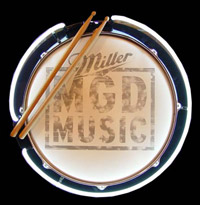 The specially designed Samuel Adams beer glass is back in the news – because Boston Beer has shipped thousands free to subscribers of Beer Advocate and All About Beer magazines as well as American Homebrewers Association members
The specially designed Samuel Adams beer glass is back in the news – because Boston Beer has shipped thousands free to subscribers of Beer Advocate and All About Beer magazines as well as American Homebrewers Association members
So that gives me a chance to add something missing from the first review: The new glass is hard to get “beer clean.” It might make you think those complaining about the unusual shape have a point.
And yes, “beer clean” is an actual term in the bar and restaurant industry vocabulary. (Something I wrote about in Real Beer’s Beer Break newsletter back in the day.)
If you haven’t already noticed the difference a clean glass makes, try this. Drink a glass of milk from a glass you don’t intend to use to serve beer. Wash it out a few minutes with hot water (no soap). Pour a beer. Is that the head you are used to seeing? The Belgian lace?
Now wash the glass with soap. Pour another beer. Same problem? Soap film can be just as nasty a villain as other residue. Now wash the glass with baking soda. Pour another beer. This one probably looks better.
Detergents may contain various fats or glycerin, which is why you are better off using baking soda. Another choice is dishwasher detergent (and then maybe baking soda).
This is easier if you designate glasses only for beer – beside milk looks a little strange in the Trappist goblet. After washing them let the glasses air dry in a dish rack. If water droplets cling to a glass or if spots show while drying, then the glass is not clean. Wash it again.
 Miller Genuine Draft is partnering with the Rock and Roll Hall of Fame to sponsor music artist interviews and performances. The series is called “
Miller Genuine Draft is partnering with the Rock and Roll Hall of Fame to sponsor music artist interviews and performances. The series is called “